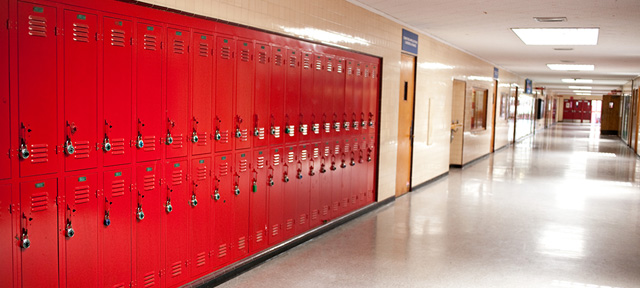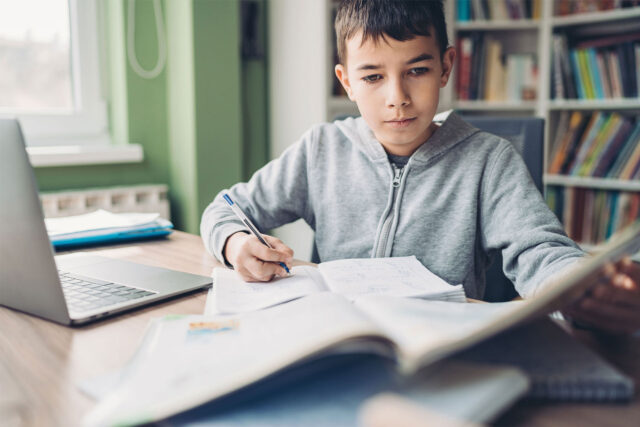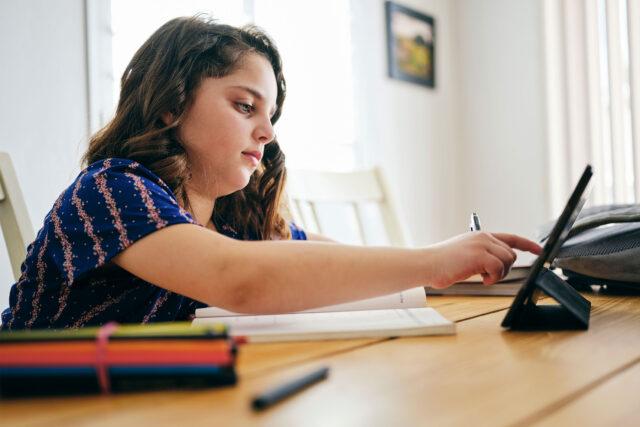All but one of California’s K–12 schools have closed in response to the COVID-19 pandemic, causing massive disruptions for the state’s 6.2 million students. This week, Governor Gavin Newsom announced that closures are expected to continue through the end of the school year, although the final decision rests with local officials.
School is technically still in session, but distance learning is unlikely to fully compensate for lost time. Assuming schools remain closed through the school year, how detrimental will this be to student learning?
First, learning time matters. In studies measuring how students performed based on differences in when they took exams, even a few days can have a large impact. We also know that missing school reduces academic performance and that chronic absenteeism is particularly damaging, tied to a variety of outcomes such as achievement, socio-emotional development, and dropout. However, the impact of missing school under normal, predictable conditions is less relevant to our current situation.
Disruption from weather-related closures may be a better gauge for how COVID-19 closures could impact students. Roughly 1.2 million K-12 students in California were affected by emergency closures last year, mainly due to wildfires and other weather-related events. According to data from Maryland, schools fare worse on state exams in years with more weather-related closures, despite these closures accounting for only a week of instruction on average.
However, when we consider the impact of individual student absences versus school-wide closures, the effects of closures are negligible. Educators may find it easier to compensate for school-wide closures by adjusting or delaying lesson plans. While this suggests a reason for optimism, mitigating entire months of lost instructional time will require more than reorganizing lesson plans.
Additional insights come from the long documented phenomenon known as “summer learning loss”: the typical student loses about one month’s worth of learning over the course of a summer. Importantly, summer losses tend to be larger for disadvantaged students who have access to fewer resources and learning opportunities while away from school.
This means that achievement gaps tend to grow during the summer, reversing gains achieved during the year. This is worrisome: if schools remain closed for the remainder of the school year, we may face an even larger “spring and summer” loss.
Notably, these effects would be on top of any effects from having fewer instructional days. Distance learning may help mitigate losses, but the state’s most disadvantaged students may fall even further behind because of inequities in access to computer equipment and internet connectivity.
Continued support for distance learning programs will be crucial as closures continue, as will efforts to give students better access to better online learning. Google’s plan to provide free Wi-Fi and laptops to thousands of students is a step in the right direction.
Policymakers could also consider options to recover lost time over the summer or in the following year, as evidence shows programs that offer more learning time—during the school year or the summer—can benefit students. While this strategy would be difficult and costly to achieve, the severity of the COVID-19 disruption to student learning may justify extraordinary options.




